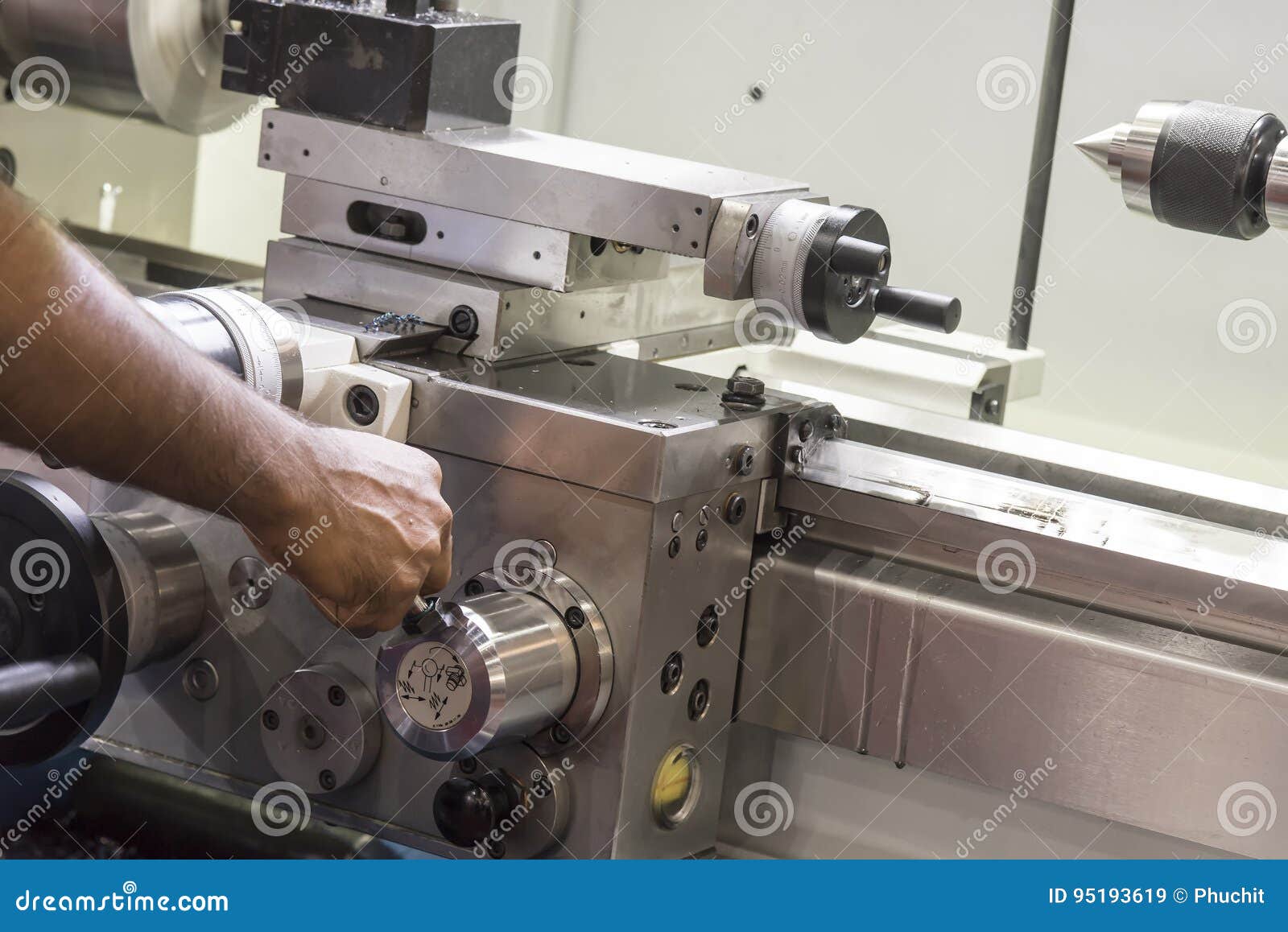Manual Multi Purpose Machine Tool Lather
SP2306 Metal cutting multi-purpose lathe machine belongs to one of our most economic manual Metal cutting multi-purpose lathe machine. It is new condition not used Metal cutting multi-purpose lathe machine.
And it is small in size and delicate in design. This Metal cutting multi-purpose lathe machine is made in China. The main features are as below: 1. We are manufacturer 2.Extensive use 3.High precision, long life 4.Quality and quantity assures 5. CE certification 6. Brand new lathe machine for sale. Model SP2306 Swing over bed 300mm Distance between centers: 910/1000mm Max.travel of cross slide 180mm Max.travel of saddle 430mm Hole through spindle Φ38mm Spindle taper MT5 Spindle speed 65-1810rpm Stations of tool carrier 4 Max.travel of tailstock quill 100mm Tailstock taper MT3 Metric/inch thread range 0.4-7mm / 4-60 t.p.i. Longitudinal range of automatic feeding 0.079-1.291mm cross range of automatic feeding 0.017-0.276mm Motor power 1.1/1.5kw Packing size 1680/1850x750x1400mm Drilling and milling Drilling capacity Φ25mm Main Distance from bench to spindle nose 232 mm End milling capacity Φ25mm Face milling capacity Φ50mm Spindle speed Variable speed Spindle speed :High range 100-1000 r/min Low range 100- 1000 r/min Spindle stroke Φ230mm Spindle taper MT3 Table size 340x120 mm Main Motor power 600 w Packing size 1680x750x1400mm 1910x750x1400mm N.W./G.W.
520/560 kg 580/630 kg.
Recorded history shows that the lathe is an ancient tool, perhaps first appearing 3,300 years ago in ancient Egypt as a manual, two-person operation. During the Industrial Revolution, mechanized power allowed for faster and easier work. In the later 19th and early 20th centuries, electricity made the machines even more powerful, and the advent of servomotors in the 1950s added the element of control. One of the key characteristics of a lathe, unlike a vertical or horizontal milling machine, is that the workpiece turns, as opposed to the tool.

Thus, lathe work is often called turning. Turning, then, is a machining process used to make round, cylindrical parts. Lathes are commonly used to reduce the diameter of a workpiece to a specific dimension, producing a smooth surface finish. Basically, the cutting tool approaches the rotating workpiece until it begins peeling away the surface as it moves linearly across the side (if the part is a shaft) or across the face (if the part is drum-shaped).
Very few lathes today are not controlled by a CNC, although you can still buy a manually controlled lathe. When equipped with means for changing tools out automatically, such as with a tool turret, the CNC lathe is more properly called a turning center. CNC turning centers are available in a wide range of sizes and capabilities, from simple two-axis lathes, which move in only X and Y, to more sophisticated, multi-axis turning centers capable of handling complex four-axis turning operations, milling, drilling, tapping and deep-hole boring—all in one operation. Basic Lathe Configuration The basic two-axis lathe consists of a headstock with spindle, chuck for holding the part, lathe bed, carriage and cross-slide, tool turret and tailstock.
While most lathes have a moveable tailstock to support the workpiece at the end, away from the chuck, not all machines come with this feature as a standard. A tailstock is particularly useful, however, when the workpiece is relatively long and slender. Failing to use a tailstock in this case can cause “chatter,” which leaves telltale marks on the surface of the part. Unsupported, the part itself can become tapered, because it may bend excessively from tool pressure while being cut. When considering adding a tailstock as an option to a lathe, pay attention not only to the current job being run, but also the size of future work. When in doubt, include the tailstock with the initial machine purchase. This recommendation will likely save the headache and expense of installing one later.
Machine Specifications Regardless of how many axes of motion are required, in evaluating the purchase of any lathe, a shop must first consider the size, weight, geometric complexity, required accuracy and material of the parts being machined. The expected number of parts in each batch also should be taken into account. Common to all lathe purchases is the question of the size of chuck to hold the intended parts. For turning centers, chucks generally range in capacity from 5 to 66 inches in diameter, or even larger. When parts or barstock must extend through the back of the chuck, maximum spindle through-hole or barstock capacity is important. Machines designed with “big-bore” options are available if the standard through-hole size is not large enough. The next critical spec is the swing diameter, or maximum turning diameter.
Manual Multi Purpose Machine Tool Lather And Nothing Else


This figure indicates the largest-diameter part that could fit in the chuck and still swing over the bed without hitting. Equally important is the maximum turning length required. This workpiece dimension determines the necessary bed length of the machine. Note that maximum turning length is not the same as bed length. For example, if the part being machined is 40 inches long, the machine bed will need to be much longer to effectively turn the full length of that part.